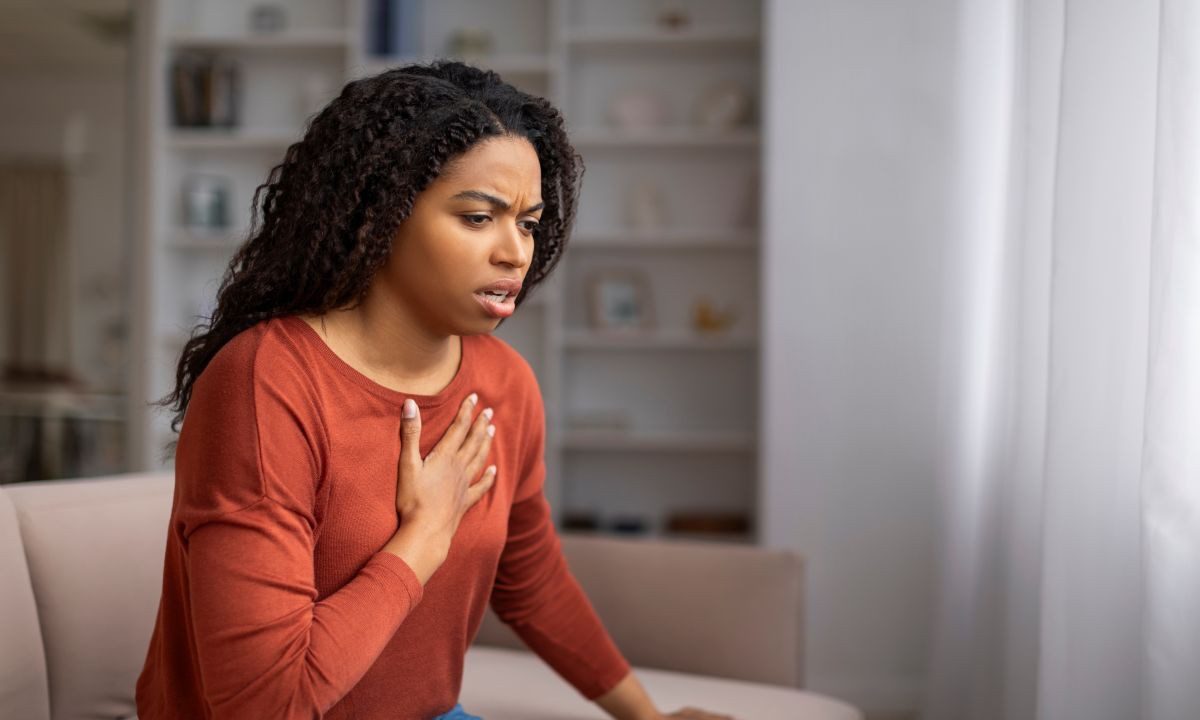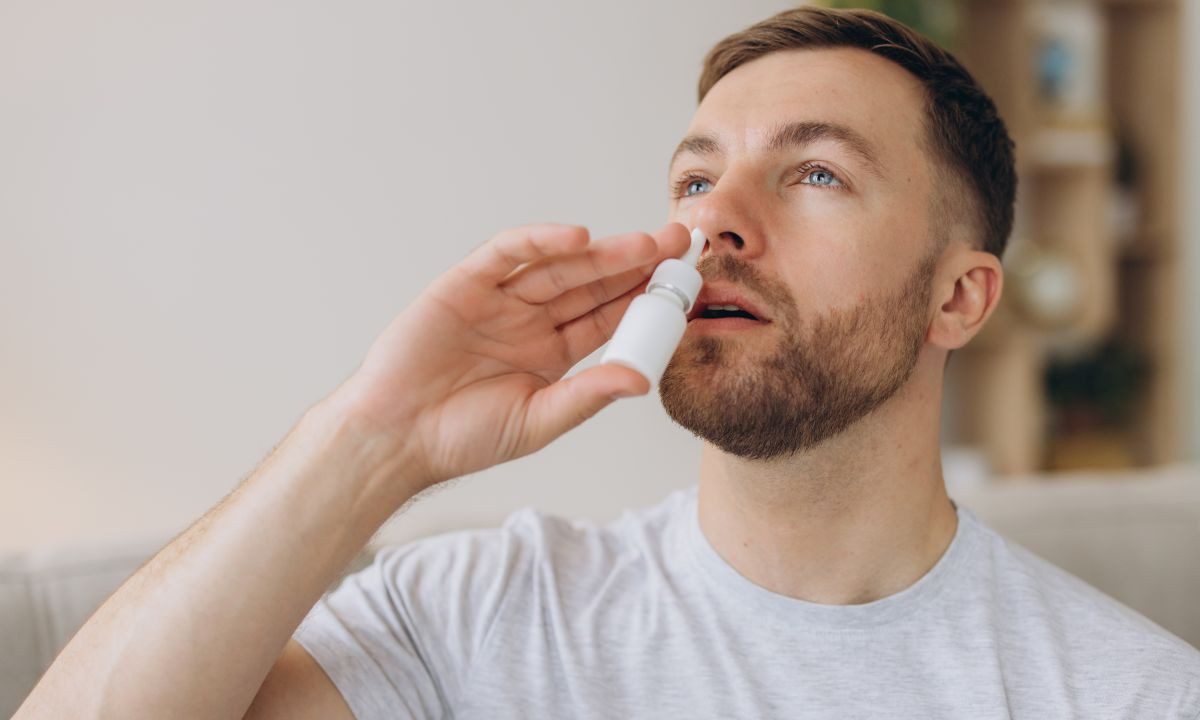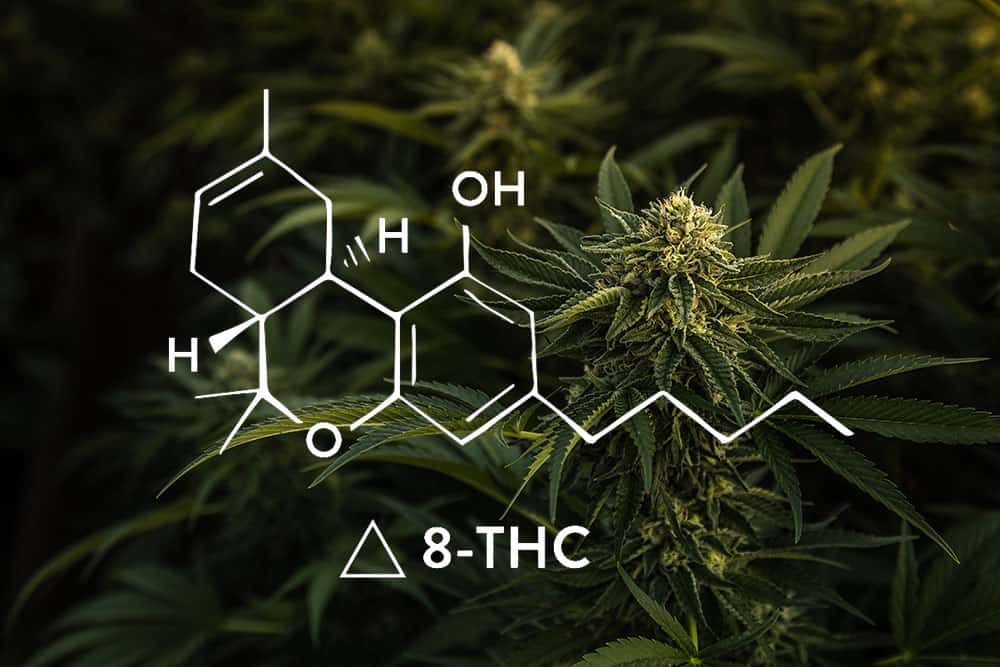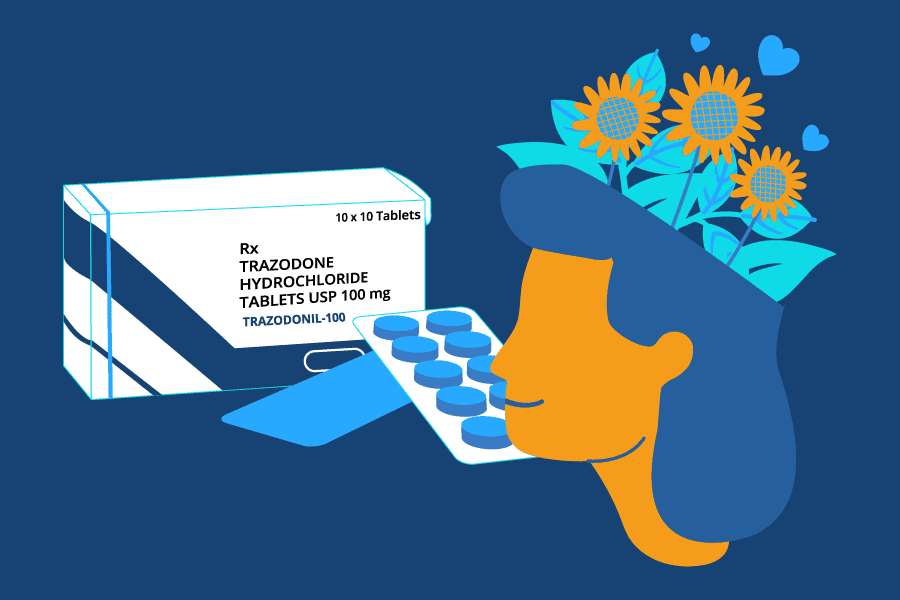Understanding the Opioid Epidemic
The current, widespread opioid epidemic in the United States is putting people’s lives at risk daily. Opioids include heroin, codeine, hydrocodone, morphine, oxycodone, hydromorphone, and fentanyl, among others.
In a medical setting, opioids are used to treat pain but they are very addictive and as people take these drugs, they develop a tolerance to them. So they need more and more to achieve the same effect. When people take these drugs without a prescription, their dosage is unregulated and the effects can be deadly. In high doses, opioids and opiates can cause death from cardiac or respiratory arrest.
The Fentanyl Crisis
At the beginning of January 2019, deadly side effects of opioid overdose were seen in a mass drug overdose in California. This mass overdose killed one person and sent 12 others to the hospital. The drug that was the cause of the overdoses was fentanyl. Fentanyl is currently one of the most commonly used drugs in overdoses in the United States.
The high rate of fentanyl overdoses has replaced the previous top killer from 2011, oxycodone. Fentanyl is one of the most concentrated doses of opioids available today. This drug’s use is increasing every day, confirming that when people get used to lower doses, they search for something stronger to continue getting high. Every time someone tries something stronger, they’re at greater risk of overdose and death.
Fentanyl can be extremely dangerous to anyone who comes in contact with the drug. So, it is important to protect yourself when helping an overdose victim by not giving the person mouth-to-mouth resuscitation. Also, wear plastic medical gloves when you are helping someone who is suffering from an overdose.
Comprehensive Levels of Care
No matter where you are in your recovery journey, our levels of care are personalized to your unique needs.
Opioid Overdose Symptoms
If you see the signs of an overdose from an opioid, like fentanyl, it is important to know how to respond and help the person struggling because quick action is very important. Some signs of a drug overdose include:
- Blue lips
- Blue fingertips
- Not responding to attempts to wake him or her up
- Slow breathing or no breathing at all
- Slow or stopped heartbeat
Should any of these symptoms present themselves, there are steps you can take to help an individual who could be overdosing.
Helping Someone With an Opioid Use Disorder
Many states have Good Samaritan laws to protect you if you help someone who is having an overdose emergency. It’s important to be aware of these laws in your state to protect yourself while helping others. Laws vary from state to state and are constantly changing.
What Is Naloxone?
In the above-discussed mass overdose in California, the only thing that saved most of the people was the administration of the overused drug Narcan, also known as naloxone. Narcan is marketed as an opiate antidote and is often over the counter. The generic version, naloxone, costs between $30 and $45 per dose.
Many insurance plans cover the cost of Narcan, and many public health programs and community programs provide this drug for free. The United States Surgeon General continues to urge more people to carry this overdose-reversing drug on them so they can save someone’s life if the situation arises.
How Does Narcan Work?
Naloxone works by suspending the cardiac and respiratory effects of an opioid overdose until first responders arrive at the scene. It blocks the opiate receptor sites in the brain to help restore a normal breathing pattern.
In addition to the brand name Narcan, naloxone is also sold as a pre-dosed shot called Evzio. You can purchase the Evzio shot with a prescription and the Narcan nasal spray without.
Overdose and Narcan Uses
Here’s what to do if you see someone who you believe has suffered from an overdose:
- Tap the person or firmly rub the person’s collarbone to confirm that they are not responsive.
- After you attempt to wake him or her call 911, then you should administer the naloxone either through nasal spray or injection into muscle tissue (like the arm, thigh, or butt).
- After administering naloxone, CPR is started until emergency responders arrive at the scene.
Find the Right Facility for Your Needs
Explore our treatment center locations and find an option that works for you.
Seeking Sobriety From Opioids
Getting help for opioid addiction is a vital first step to reclaiming your or your loved one’s life and protecting from potentially fatal overdoses. At Sandstone Care, we can help with struggles related to drug abuse and addiction. We have comprehensive detox programs in Colorado Springs, Colorado, and Fairfax County, Virginia. Our detox program involves medically assisted detox conducted by a highly credentialed team of doctors, nurses, and licensed therapists.
We offer comfortable rooms and 24/7 medically supervised care. For those who have already completed detox, our inpatient program offers continued stabilization and support with comprehensive assessments that address you as a whole person. This offers a clearer picture of what’s going on and how to support your recovery journey.







